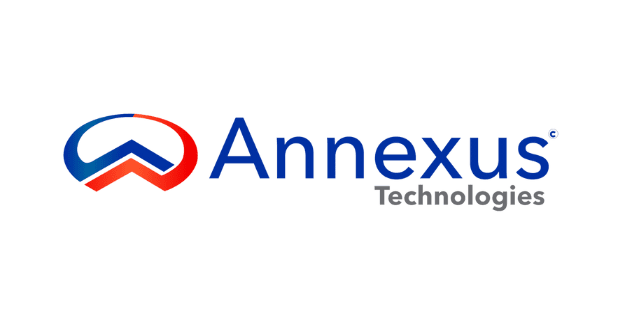Unlocking the Power of Hybrid Solutions for Business Growth and Resilience

In today's rapidly evolving business landscape, staying competitive requires continuous innovation and optimization of operational processes. One strategy gaining increasing attention among organizations is the comprehensive migration to a hybrid platform. This guide aims to provide actionable insights into the benefits and best practices of transitioning to a hybrid infrastructure, empowering businesses to unlock new levels of growth and resilience in the digital era.
Understanding Hybrid Platforms: Empowering Businesses for Success
The Evolution from On-Premise to Hybrid
Traditionally, businesses relied solely on on-premise solutions, where all data and applications resided within their physical infrastructure. While providing a sense of control and security, this approach often lacked flexibility and scalability, limiting organizations' ability to adapt to changing market dynamics and technological advancements.
Hybrid platforms emerged as a solution to bridge the gap between on-premise and cloud-based solutions, offering a blend of both worlds. By leveraging cloud technologies alongside existing on-premise infrastructure, businesses can optimize resource utilization, enhance scalability, and drive innovation while maintaining control over critical data and applications.
Why Migrate to a Hybrid Platform: Unveiling the Benefits
Migrating to a hybrid platform presents a plethora of advantages for forward-thinking organizations:
Scalability: Hybrid platforms enable seamless scaling of resources to meet evolving business demands, ensuring agility and flexibility in adapting to changing market conditions.
Cost-effectiveness: By optimizing resource allocation and leveraging pay-as-you-go cloud services, organizations can minimize infrastructure costs while maximizing operational efficiency and ROI.
Enhanced Business Continuity and Disaster Recovery: Leveraging cloud-based backups and disaster recovery solutions, businesses can safeguard critical data and applications, ensuring rapid recovery in the event of unforeseen disruptions or disasters.
Data Security and Compliance: Hybrid platforms offer robust security measures, including encryption, access controls, and compliance frameworks, ensuring data integrity and regulatory compliance.
Navigating the Migration Journey: Key Considerations and Best Practices
Embarking on a migration journey to a hybrid platform requires careful planning and execution. Here are essential steps to guide your organization through a successful migration:
Assessment and Planning: Conduct a comprehensive assessment of existing on-premise infrastructure, identify migration goals, and develop a detailed migration plan outlining timelines, resources, and potential risks.
Preparation: Prepare the existing environment for migration by optimizing infrastructure, ensuring data integrity, and addressing any compatibility issues.
Execution: Execute the migration plan systematically, migrating data and applications to the hybrid environment while ensuring minimal disruption to ongoing operations.
Monitoring and Optimization: Continuously monitor system performance, address any post-migration issues promptly, and optimize the hybrid environment to align with evolving business needs and objectives.
Empowering Business Transformation with Annexus Technologies
At Annexus Technologies, we understand the complexities and challenges associated with IT infrastructure transformation. Backed by strategic partnerships with leading technology providers, including Zerto, VMware, Pure Storage, Palo Alto Networks, Cisco, and IBM, we offer comprehensive solutions and expertise to facilitate seamless migration to hybrid platforms.
Unlock the full potential of your IT infrastructure and embark on a transformative journey with Annexus Technologies. Contact us today to explore how our tailored hybrid platform solutions can empower your organization for sustainable growth and resilience in the digital age.

